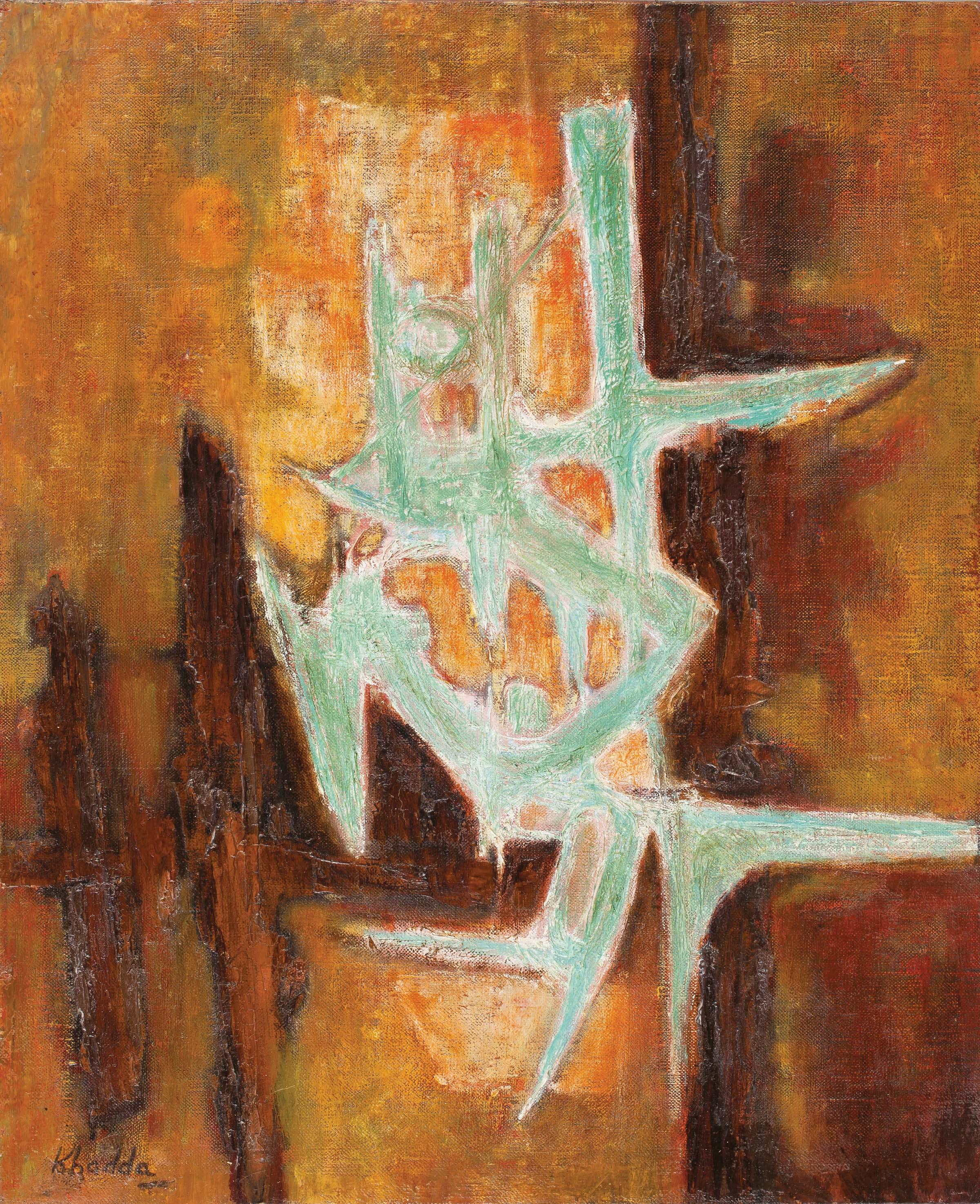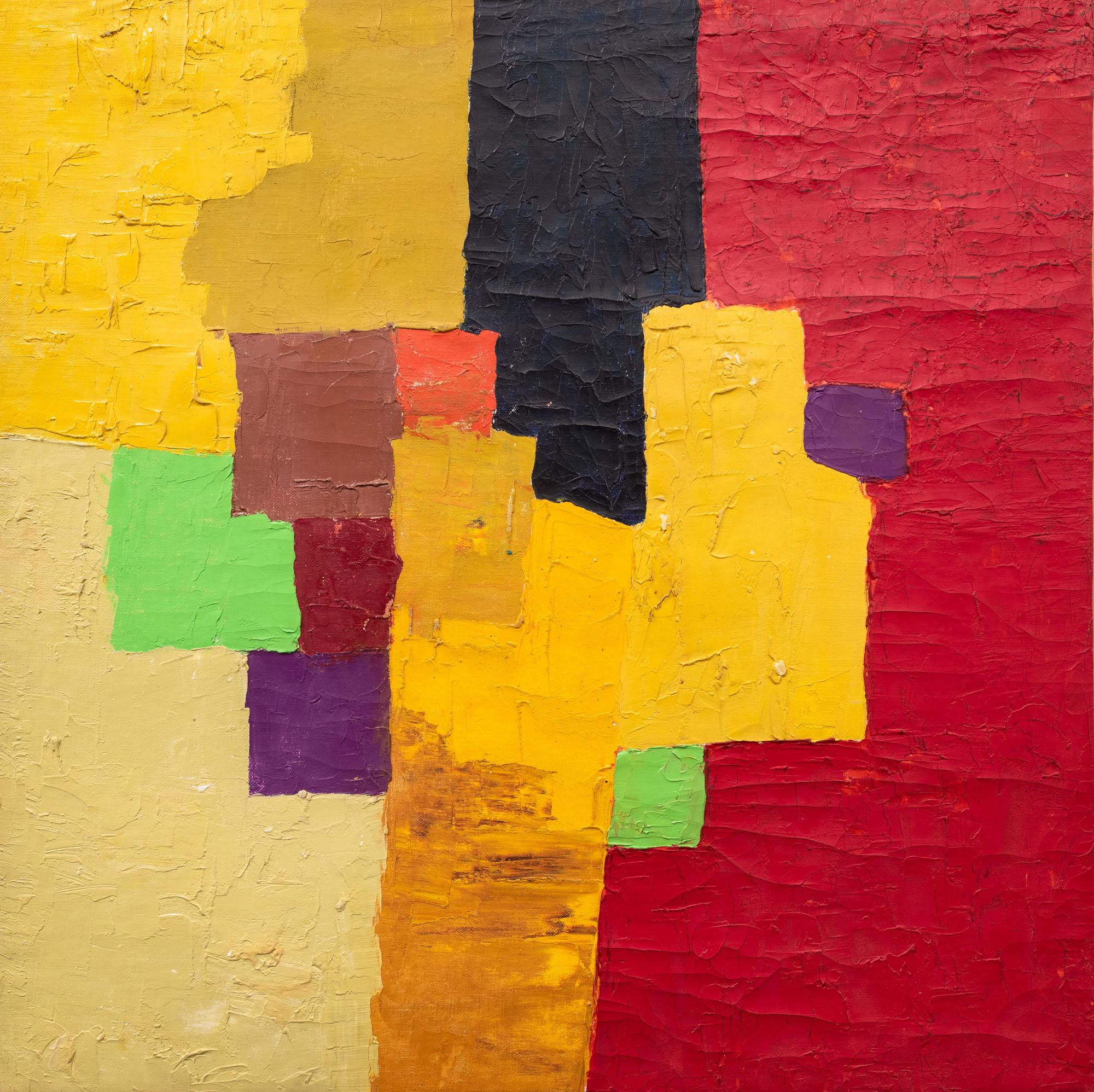Drawn from the Barjeel Art Foundation's collection, the exhibition features nearly ninety works on paper, paintings, and sculptures created by a diverse group of artists including Etel Adnan, Shakir Hassan Al Said, Kamal Boullata, Huguette Caland, Ahmed Cherkaoui, Saloua Raouda Choucair, Rachid Koraïchi, Mohamed Melehi, and Hassan Sharif. Artists from Algeria, Egypt, Iraq, Jordan, Kuwait, Lebanon, Morocco, Palestine, Qatar, Sudan, Syria, Tunisia, and the United Arab Emirates are represented.
Taking Shape was conceived as a visual journey into the creative minds of some of the Arab world's most prominent artists and their approaches to non-representational art. In her essay in the exhibition’s accompanying catalogue, curator Suleya Takesh quotes Algerian painter Mohammed Khadda’s compelling observations about the potential of abstraction and his argument in favor of the freedom inherent to the movement: "The history of painting had been one of successive revolutions and continuous liberation that eventually culminated in the emergence of abstraction, allowing painting to become an art unto itself, no longer reliant on a physical subject. There was no longer a horizon, but infinity."


































